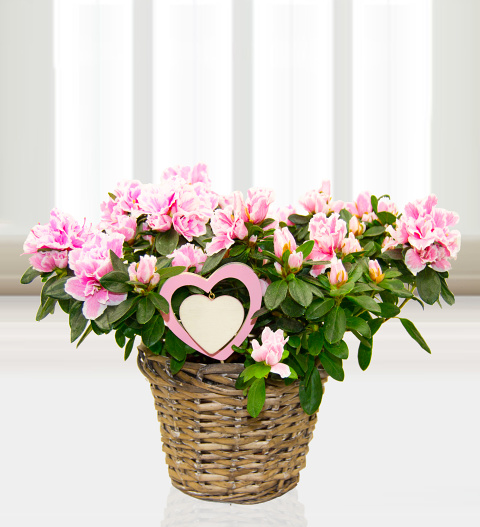
How to transplant a potted plant
When your plants do well, they grow. A thriving plant will soon need to be moved into a new pot that will offer it more room for its roots. Of course, when transplanting any kind of plant, it is important to make sure that you do so the right way. Here are some essential tips on how to transplant a potted plant successfully.
Timing it right
Different plants have different life cycles. This means that there is no one time of year to transplant all plants. When the plant is in its dormancy phase, this is the time to make your move. Check the plant to make sure that no new buds have formed and that blooming is no longer occurring.
Trying to transplant a potted plant in the middle of summer is usually not a good idea. This is because of the plant is often blooming or sprouting is taking place and the new growth may not be able to adapt to the new soil composition.
When transplanting, make sure that you do so during a mild time of day. Usually the earlier part of the morning is best. Prepare the new home for your plant before you remove it from the current pot. This will prevent it from enduring too much exposure to the heat.
Add fertilizer
Annuals and perennials love a little bit of fertilizer to help them feel happy in their new home. If you want to transplant a potted plant like a small tree or even shrubs in your garden, you should avoid fertilizer. After a transplant, shrubs and trees use their energy for root growth rather than growing leaves, flowers and stems. So, it’s important to let them be until the next growing season.
Add water
The final step to success when you transplant a potted plant is to water them. Make sure that you do not over or underwater. Take note of just how moist the soil is and how much water will be needed. Too much or too little water can stress the roots and cause serious damage to the plant.
Remember, when you transplant a potted plant, many plants do not feel happy in a pot that is too large. You should choose a pot that is just a few sizes larger so that it allows for growth but it still keeps those roots comfortable.
